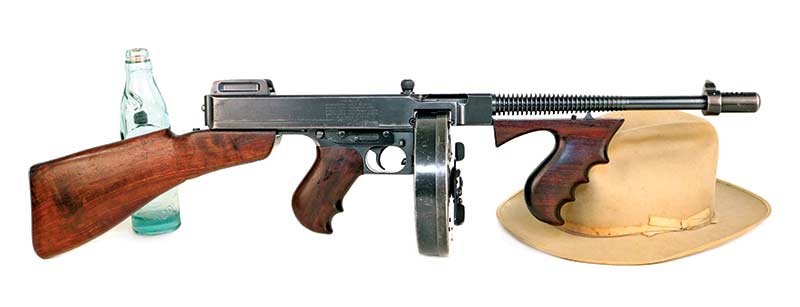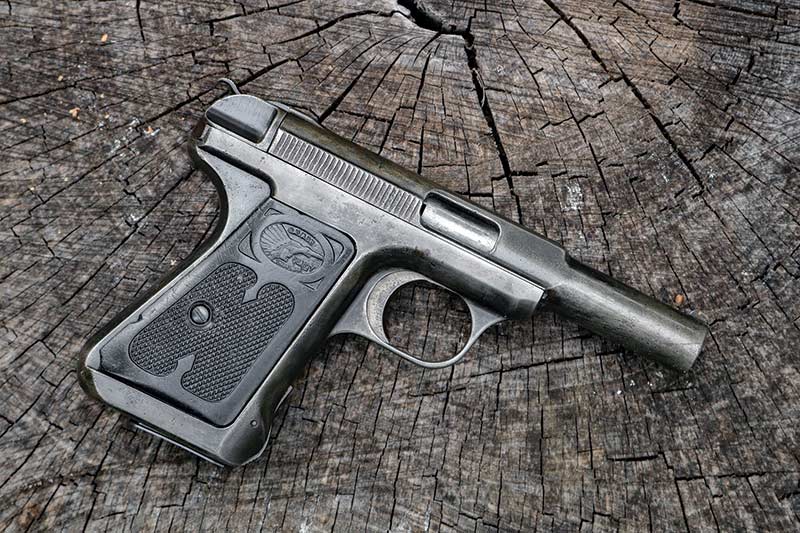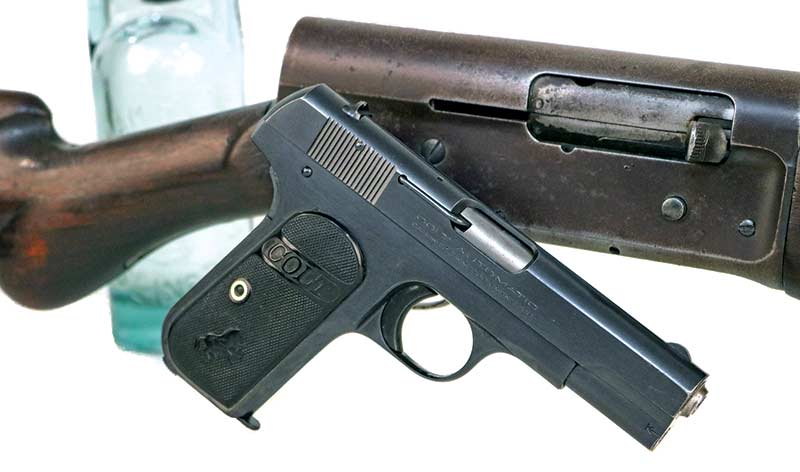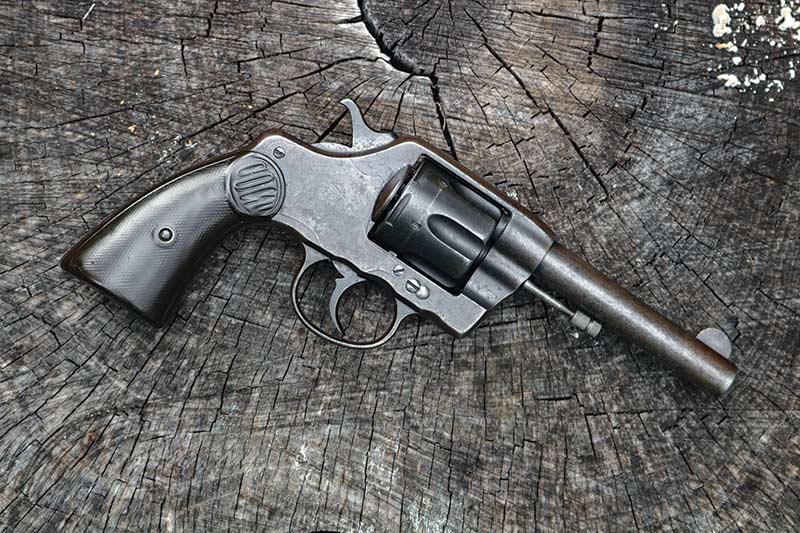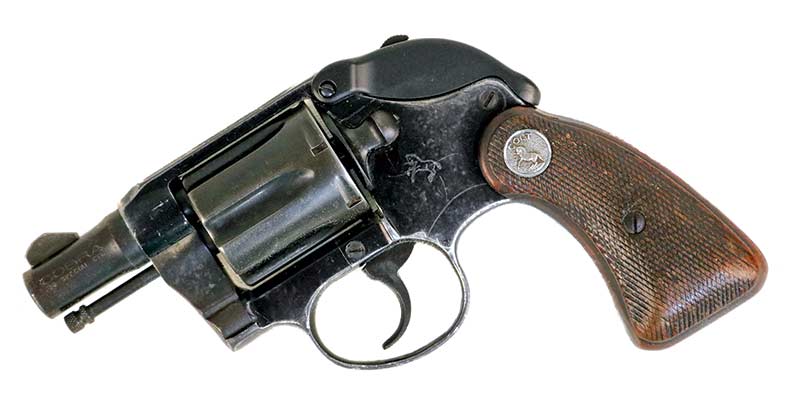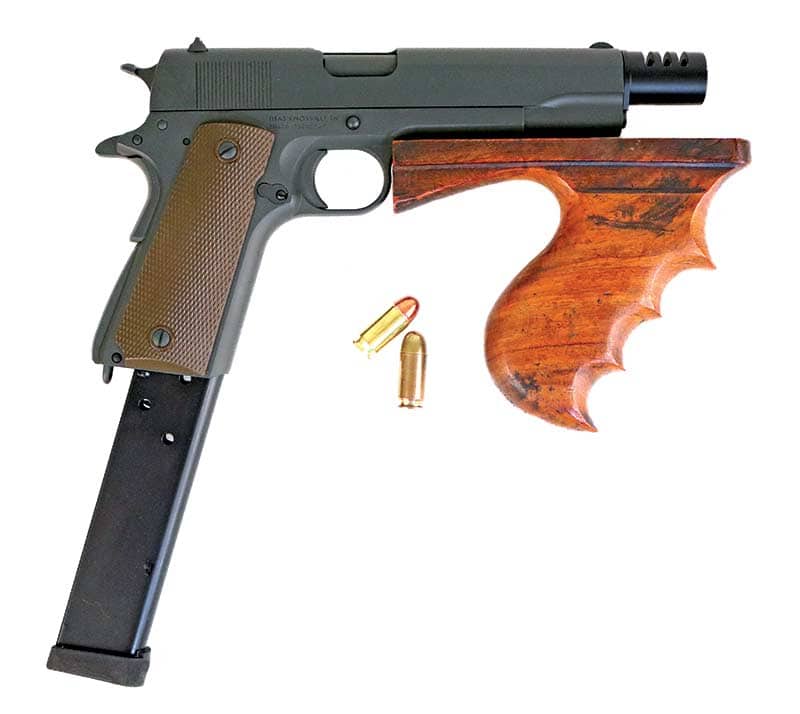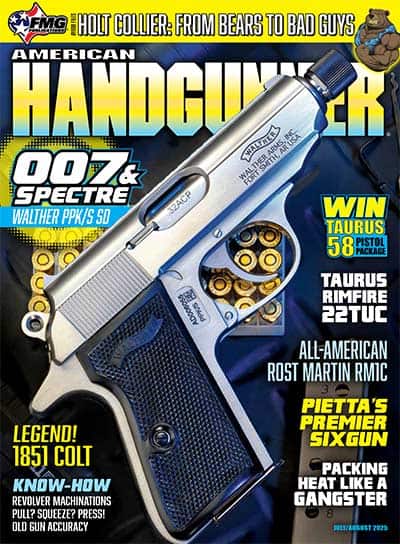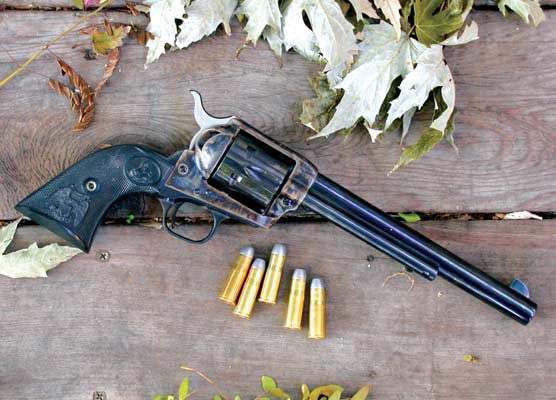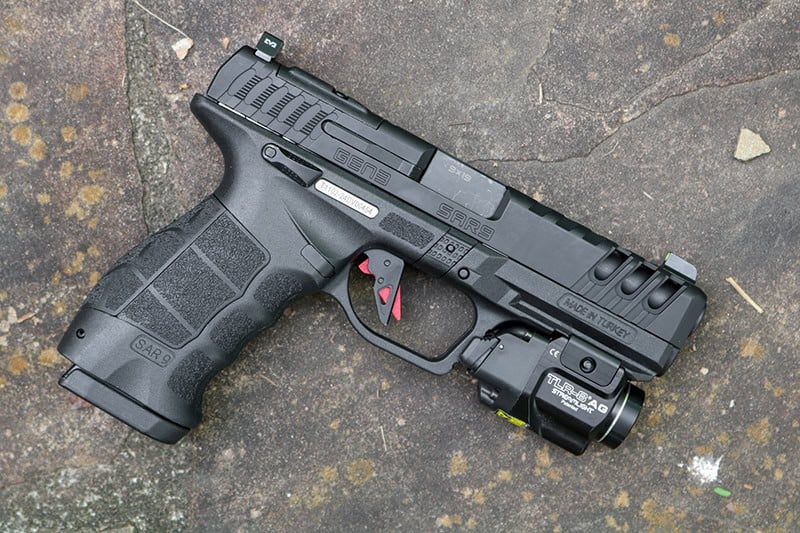Packing Heat Like a Gangster
Handguns of the Outlaws
It’s the Thompson submachine guns and Browning Automatic Rifles that got all the press. After all, automatic weapons are reliably sexy cool. John Dillinger unlimbering his Tommy gun into the ceiling of the Merchants National Bank in South Bend, In., and Baby Face Nelson rolling hot with his stolen BAR in Barrington were admittedly scintillating anecdotes. However, it really wasn’t the serious long guns that contributed the most to these motorized bandits’ practical security. That would be the handguns they carried day in and day out as part of their nefarious day jobs.
There is an innate intimacy between an armed professional and his personal combat pistol. Whether that person is an Army officer, a sworn lawman or a Depression-era gangster, that compact smoke pole is security, comfort and talisman all embodied in something black, sinister and portable. It can be fascinating to dissect the details.
The Apex Predator
The origin story is established dogma to gun geeks such as ourselves. In the early 20th century, American troops were struggling to pacify doped-up Muslim holy warriors in the Philippines with the .38-caliber service revolvers of the day. While the Europeans seemed satisfied with Herr Luger’s 115-grain 9mm bullets, John Moses Browning simply doubled that. The 230-grain .45 ACP round and the inimitable M1911 pistol that launched it became the world’s manliest handheld howitzer overnight.
The gun weighed 2 lbs., 7 oz. empty, and it fed from a single-stack, 7-round box magazine. In 1938, they cost Uncle Sam $26.38 apiece. That would be about $571 today.
Despite weighing roughly half what a standard construction brick might, the M1911 was still surprisingly easy to conceal. The flat geometry and relatively thin dimensions made the gun packable both on the belt and in a shoulder rig. When John Dillinger was hiding out at the Little Bohemia lodge and playing cards with the rest of his gang, he once leaned forward such that the M1911 he was packing in a shoulder holster showed out from underneath his jacket. He laughed it off to the lodge’s proprietor. James Bond notwithstanding, it can be tough to actually hide a big gun in a shoulder rig.
Al Capone had a favorite 1911 he called “Sweetheart.” This three-digit M1911 sported custom engraving and stag grips. He purportedly killed several people with it. That gun bid up to $885,000 at auction in May of 2024. Difficulties with personal comfort notwithstanding, nobody packing an M1911 .45 will ever be accused of carrying too little gun.
Around the Town Heat
By the end of John Dillinger’s brief, violent life, he was a relentlessly hunted man. Dillinger even submitted to some fairly crude plastic surgery and burned his fingerprints off with acid in a failed effort to create a new identity. That likely sucked a lot. Regardless, on July 22, 1934, Dillinger’s luck finally ran out at the Biograph Theater in Chicago.
Dillinger’s Judas was a Romanian immigrant and prostitute named Ana Cumpanas. History refers to her as “The Lady in Red” despite the fact her dress that fateful night was orange. She ratted out America’s Public Enemy Number 1 in exchange for some vague assurances she would not be deported. After Melvin Purvis and his fellow G-men cut Dillinger down, they sent Cumpanas packing back to Romania anyway.
Dillinger was shot after having watched the Clark Gable film Manhattan Melodrama with Cumpanas and his girlfriend du jour, Polly Hamilton. Configured as he was for a pleasant night at the theater, Dillinger carried a Colt Model 1908 Hammerless in .380 ACP. Though two female bystanders were hit by G-man gunfire, Dillinger never drew his weapon.
The Colt Hammerless actually wasn’t. This trim little pocket pistol was also a brainchild of John Browning, and it was a hammer-fired weapon. However, the hammer was concealed within the slide. The M1903 fired .32 ACP, while the M1908 was the same gun chambered in .380. The Colt Hammerless was shockingly easy to conceal.
Capone purportedly carried one in his coat pocket, and Bonnie Parker taped hers to her thigh when she broke her psychopath boyfriend Clyde Barrow out of prison. The U.S. Army and Air Force issued these trim little guns as general officer’s pistols from WWII into the 1970s. Indian revolutionary Chandra Shekhar Azad used one to kill himself when cornered by the Imperial Police in Alfred Park, Allahabad, in 1931.
Imported Iron
Louis Fleisher was an infamous Jewish gangster active in Detroit in the late 1920s. Along with his brothers Harry and Sam, these three criminals anchored the infamous Purple Gang. While all the major gangsters seemed to have their favorites, Louis tended to favor German heaters.
Maryland-based manufacturer and importer Stoeger Incorporated began importing P08 Luger pistols from Germany in 1923. Additionally, thousands of American Doughboys returning from the recent War to End All Wars in Europe brought souvenirs home with them. Just as was the case in the Second World War, the Luger pistol was the alpha memento of combat service. Stoeger imported the guns in their standard 4″ versions as well as 6″ Navy models and the longer 8″ Artillery variants. They also offered 32-round snail drum magazines for the discriminating gangster in need of some serious firepower.
The single-action trigger on the P08 is mushier than it should have been, but the gun points well and is reliable if kept properly clean. The 8-round single-stack magazine does not drop free, but the controls are well-reasoned. The Luger pistol lent an air of elegance to the thug of distinction.
Wheelguns
America during the Roaring ’20s was covered in a thin patina of revolvers. Countless small firms made or imported pocket wheelguns of varying degrees of quality, but Colt and Smith & Wesson were the major players. Those same guns naturally found their way into the hands of the Bad Guys as well.
It’s tough to figure out what Bonnie Parker had about taping guns to her leg. In addition to engaging in the practice when she broke her buddy Clyde out of prison, she died with a small revolver similarly secured as well. When Frank Hamer’s posse machinegunned the two star-crossed homicidal maniacs to death in 1934 in Gibsland, La., they discovered a .38-caliber Colt Detective Special taped to Bonnie’s thigh. Hamer kept the little revolver as well as Clyde’s pilfered M1911 .45 as booty after the killings. In 2012, Parker’s .38 went for $264,000 at auction.
Ruminations
There were, of course, many others. The Savage M1917 packed a double-stack magazine and featured the marketing catchphrase, “Ten Rounds Quick.” Hyman Lebman’s full auto 1911 conversions included a Thompson foregrip, muzzle brake, and extended magazine. Baby Face Nelson used one of these “Mini Machineguns” to shoot his way out of Little Bohemia in 1934. Just like criminals today, the gangsters of the 1920s and ’30s used what they could find.
Prior to 1934, there weren’t really any gun control laws in America. Anybody with money could get anything that shot. It was simply that the criminals were the only ones with any money. However, at a time when poverty was ubiquitous, and hunger was real, the well-heeled gangsters of the day packed some mighty fine heat.

